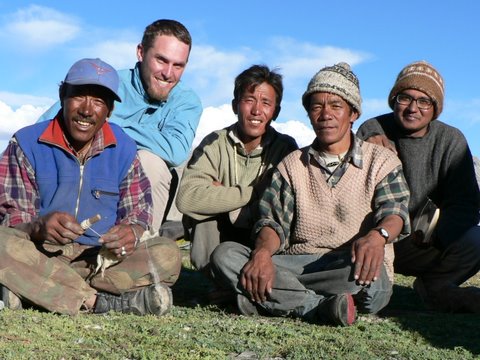I just saw the https://searchingforsyria.org/en/what-was-syria-like-before-the-war/ website, and it was an epiphany, it brought back memories of the beautiful fascinating place. So many snippets of the people and the journey. This was 2010 when there was no Arab spring and everything was going well.
The run across the no man’s land (luckily in the day) to the Syrian checkpoint after the bus left me at the Turkish Checkpoint. The bus took my everything except passport and money, as I got delayed paying the fine for overstaying in Turkey(literally about 10 hrs as i miscalculated how much time it took to get across the border)
The Indian laborer who bought me delicious Date drink at Aleppo fruit stall. He lived a bit away from Aleppo and had come over for some work and i was the first Indian he’d seen in a while. I wonder what is he doing now?
The best (best) falafel rolls I’ve ever had (in my life) at a street vendor in Allepo, it probably cost the equivalent of 10 Rupees.
The fascination of walking in the Aleppo and Damascus souqs selling wares since before Jesus Christ was born. One of the things i remember buying was the hand made olive oil soaps. Some of my friends mentioned that soap making essentially originated from Syria. Oh those Ethiopian coffee beans.
The confusion and anger of being called a Libyan at a Damascus Market
The talking parrot at the crowded cafe just behind the Ummayad mosque of Damascus and the having a dinner over looking the mosque.
The small and almost non decrepit tomb of Sultan Salahdin, one of the great emperors of the region and known for taking back Jerusalem from Crusaders
The Russian ships off Lattakia beaches, where we went swimming, That base is probably why Russia is in the war.
The beautiful girl I spent talking to on the bus from Aleppo to Lattakia about how complicated life is for women in Syria, and about the tests of virginity once she gets married.
The open and easygoing culture of Lattakia, not many women in syria smoked and drinking in public was a strict no-no, but in lattakia there were lots of cafes and groups of young men and women hanging out smoking sheeshas and drinking beer. It was refreshing after the dryness (weather and otherwise).
Getting dropped off at a deserted highway crossing on the way to Krak des Chavaliers, the fairy tale castle. Walking and hitchhiking to the top of the castle on a hot dry day(with my heavy backpack), because i did not want spend the equivalent of 100 Rupees on the shared taxi that took me to the top. But that climb was fascinating, because it took me through the town that looked like any other town in india. And it looks like this now .
The magical sunset from the top of the castle on the hill sitting alone, overlooking the magnificent Palmyra ruins from 2000 years ago. Those are all gone now. I don’t remember waking up at 4.30 AM in the morning to take pictures of a city ever.
The then best preserved Roman stadium/coliseum in the world in Bosra, now probably lost as well.
The horror, the horror.

